As you know, FLIR is a recognized manufacturer of thermal cameras.
Since I do electronic development, as well as electronic troubleshooting, this kind of camera is a very useful tool, sometimes allowing disaster to be avoided.
So, a few years ago, I bought a FLIR ONE:
Exactly this model and at this price, i.e. around €300 as of 02/05/2024.
This model, which connects to your phone, is much cheaper than a standalone camera, but still, it's not cheap.
I must have owned this device for 5 years now. All in all, I think it must have been used between 3 and 4 hours, about ten times 5 minutes per year. Because we must add that this camera, which has an on-board battery, has a ridiculously low autonomy. Less than 10 minutes when the battery is new.
And the surprise of the day: the camera no longer charges. suddenly, it is in error and no longer work, even powered by their micro-USB port and connected to the phone: nothing!
This light remains desperately yellow, and the LED which normally lights green, on the other side of the camera, remains off, even after being 'charging' for 24 hours.
The verdict is clear: the battery is dead!
But the camera must be functional. So the annoying question: can we change the battery of this camera?
Well obviously not! No screws, everything is glued and cannot be dismantled without destroying the case.
The observation is also clear: Thermal camera very expensive in terms of usage time, little capacity in terms of operating time, and self-destructive.
However, I need this type of device. So yes, the camera is designed in America. But where is it made? In China, of course. Which allows FLIR to make a more than adequate margin, on the backs of the Chinese, and on that of my wallet.
$300??? The Chinese are now able to manufacture powerful phones, with crazy battery life, directly including infrared sensors for less than $500.
FLIR 'thought' of forcing me to return to them to 'renew' my infrared camera... Bad calculation. FLIR has definitely lost me!



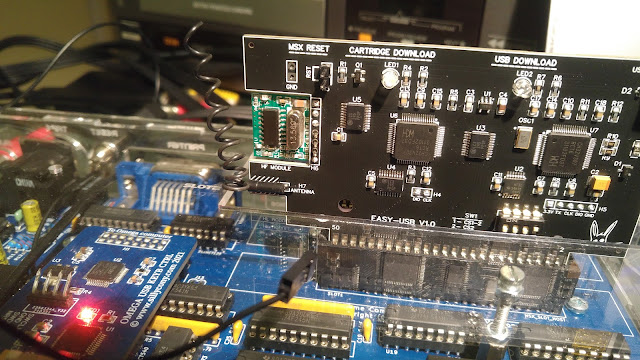
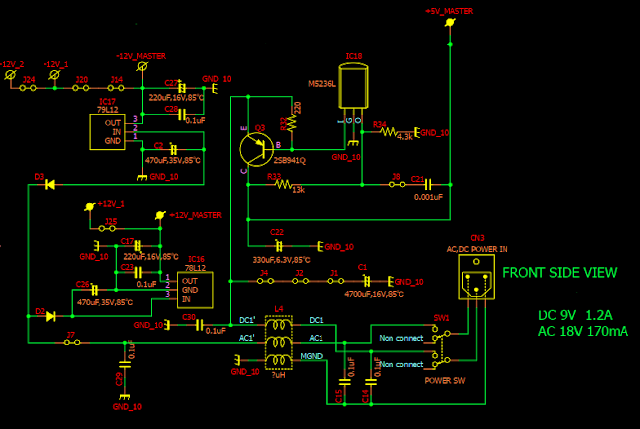









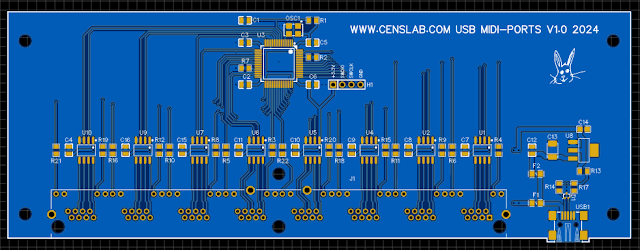

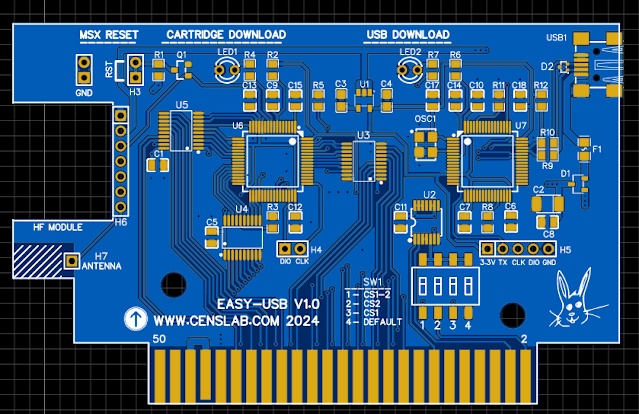

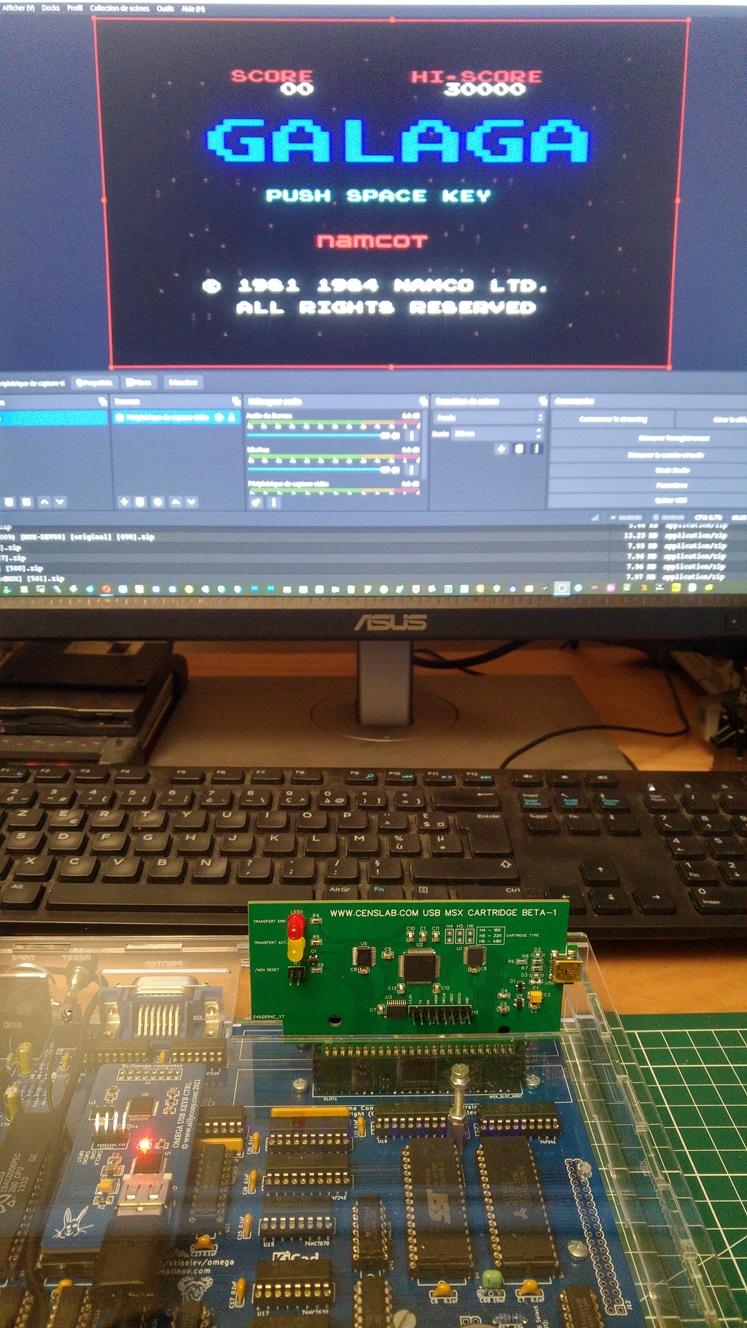

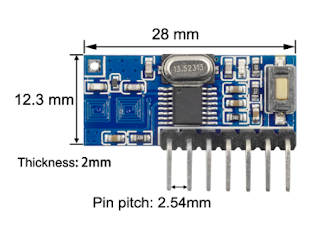


.png)



